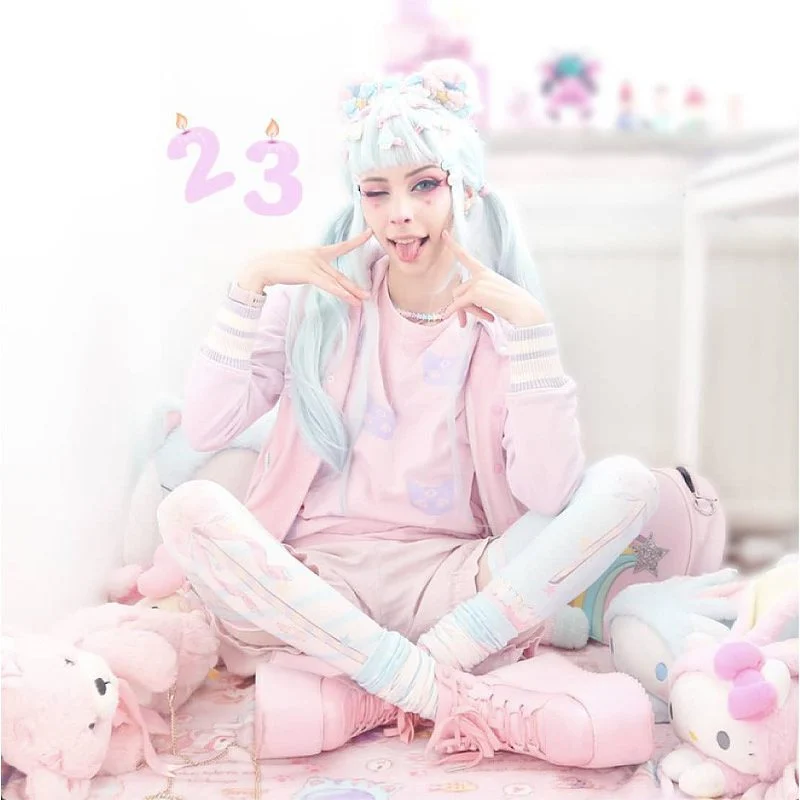Kawaii clothing, a cornerstone of Japanese pop culture, revolves around a distinctive aesthetic that emphasizes cuteness, innocence, and whimsy. Capturing the essence of kawaii fashion through photography involves more than just snapping pictures; it is about creating an immersive experience that reflects the playful and charming nature of this style. To truly convey the spirit of kawaii clothing, photographers need to focus on several key elements: color, composition, and context. Color is perhaps the most immediately striking element of kawaii fashion. Soft pastels and vibrant hues often dominate, creating a visual palette that is both cheerful and inviting. Photographers should leverage this by using backgrounds and props that complement the colors of the clothing. For instance, a soft pink outfit might be best showcased against a backdrop of gentle blues or whites, creating a harmonious and dreamy atmosphere. This thoughtful use of color helps to highlight the clothing’s intricate details and playful patterns, making the images pop and resonate with the viewer.

Composition in kawaii clothes fashion photography plays a crucial role in enhancing the overall appeal. The framing of the shot should be deliberate and well-considered, focusing on the garments’ unique features such as frills, bows, and whimsical prints. Additionally, the model’s pose and expression are vital. Kawaii fashion often emphasizes a sense of childlike wonder, so capturing the model in a way that conveys joy, curiosity, or even a hint of shyness can significantly enhance the image. Creative angles and close-ups can help to emphasize the details of the clothing, while wider shots can place the outfit within a context that further enriches the visual story. Context is equally important in kawaii fashion photography. The environment in which the clothing is showcased can amplify its charm or completely alter the mood. Locations that resonate with the playful nature of kawaii fashion, such as quaint cafes, pastel-colored streets, or whimsical parks, provide an ideal setting. Incorporating props and accessories that align with the kawaii aesthetic—like plush toys, oversized candy, or cute stationery—can also contribute to a cohesive and engaging image.
This approach not only highlights the clothing but also immerses the viewer in the broader kawaii culture. Additionally, post-processing techniques can enhance the kawaii theme. Soft filters, gentle color corrections, and light touches of digital effects can add a dreamy quality to the photos, aligning with the overall aesthetic. However, it is essential to maintain a balance to avoid overshadowing the natural charm of the fashion itself. Ultimately, the art of kawaii clothing fashion photography lies in capturing more than just the garments. It is about conveying a sense of joy and wonder that resonates with the essence of kawaii culture. Through careful attention to color, composition, context, and post-processing, photographers can create images that not only showcase the clothing but also celebrate the enchanting world of kawaii fashion.